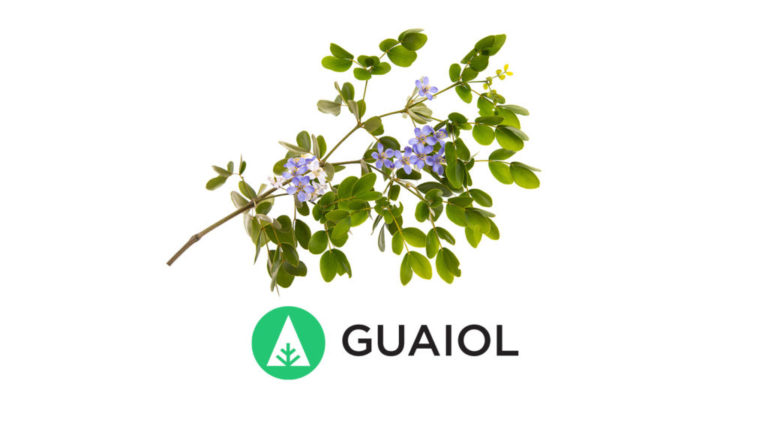 Photo by: Gina Coleman/Weedmaps
Photo by: Gina Coleman/WeedmapsImage lightbox

Guaiol is a sesquiterpenoid alcohol found in plants including cypress pine and cannabis, as well as the oil of the guaiacum plant from which it derives its name. Sometimes referred to as champacol, the guaiol terpene possesses a floral, woody scent profile and has been researched for potential anticancer and antibacterial benefits.
What is guaiol?
Bearing deep roots in natural medicine, guaiacum plants containing high levels of guaiol were brought to Europe by the Spanish after they discovered San Domingo (today the nations of Haiti and the Dominican Republic) in the 16th century. At home in Europe, the Spanish channeled guaiol's healing powers as an experimental cure for syphilis. During this same time period, other cultures used the terpene to treat menstrual symptoms, sore throats, coughs, gout, and rheumatism, and many continue to do so today.
What does guaiol smell like?
Guaiol emits a pleasant woody aroma with undertones of rose. The scent profile of this terpene is fresh and invigorating, sometimes compared to the sensation of walking among evergreen trees.
What is guaiol used for?
Native to the Caribbean and South America, the guaiacum plant displays lush flowers with a stunning purple hue. If you have visited these regions, then you may have come across this flowering evergreen tree along the coastline where it grows. The terpene is present in spices such as nutmeg and cumin, as well as some fruits including apples. Guaiol is also a component of certain essential oils, such as tea tree. The terpene is also an ingredient in some commercially sold insecticides.
Therapeutic properties of guaiol
Though guaiol has a long tradition in medicine outside North America, research is still emerging on the therapeutic properties of the guaiol terpene. But scientists have uncovered some hopeful results, especially with regard to anticancer effects, similar to findings on other terpenes such as cedrene.
Here's what the research says about guaiol terpene effects and potential therapeutic properties:
Anticancer
Results from a 2016 study in the journal Oncotarget were the first to demonstrate guaiol's potential efficacy in fighting lung cancer. Researchers revealed that guaiol significantly inhibited cancerous cell growth in cultured cell models and in animals. Even if the terpene itself weren't to be used as a cancer therapy, the results of this study (guaiol's antitumor mechanisms) have given us keen insight into possible new ways to fight lung cancer.
Antibacterial
The fruit of Xylopia sericea, which is native to Brazil, contains an essential oil that is high in the guaiol terpene (14%). A 2017 study published in the Journal of Pharmacy and Pharmacology demonstrates the antibacterial, antioxidant, and antimicrobial effects of this essential oil, and highlights its utility in killing Staphylococcus aureus — a problematic bacterium responsible for staph infections.
Role of guaiol in cannabis
The guaiol terpene is abundant in a number of cannabis varieties, such as Royal Gorilla, Sour Berry, Kali Dog, and Haze Berry. The aromas associated with guaiol and cannabis containing guaiol are often woody, floral, or rosy. While there is a wealth of information about the role of some terpenes in cannabis, such as bisabolol, comparatively less is known about guaiol, and more research could shed light on potential medicinal benefits.
Bottom line
Possessing a rich history with roots in the Caribbean, guaiol was an 18th-century remedy and in time may prove to be a 21st-century treatment for various illnesses.
Major contributions from Dr. Adie Rae.

